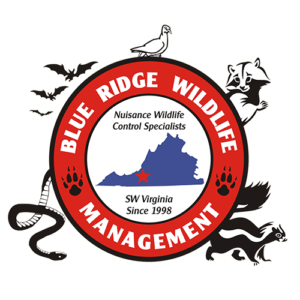
Squirrels In Your Attic? Guide To Removing & Preventing Them!

Proven Techniques for Squirrel in Attic Removal
Removing squirrels from an attic is a crucial step in safeguarding a home and its inhabitants from potential damage and health hazards. There are a variety of effective techniques for removing these pests, including inspection, identification of entry points, humane removal methods, and post-removal considerations.
During the inspection and assessment phase, it is important to first identify the entry points that the squirrels are using to access the attic. This may involve inspecting the roof, eaves, vents, and chimneys for gaps, holes, or damage. Once the entry points have been located, the next step is to determine the number of squirrels present in the attic. This can be accomplished by searching for droppings, nesting materials, and other signs of squirrel activity.
When it comes to humane removal methods, trapping is a popular and widely-used option. Live traps can be used to capture squirrels and relocate them to a new location. It is essential to use the appropriate type of trap and bait, and to follow proper placement and release techniques to ensure that the squirrels are treated humanely. Another humane removal method is exclusion, which involves sealing entry points to prevent squirrels from re-entering the attic. This can be achieved by installing barriers such as metal flashing or mesh, or by sealing gaps and holes with caulking or other materials.
After the squirrels have been removed, it is important to clean and sanitize the attic to remove any droppings, urine, or other contaminants. This will help prevent the spread of disease and improve the overall health and safety of the home. Additionally, it is important to assess the extent of the damage caused by the squirrels and make any necessary repairs to prevent future problems and protect the structural integrity of the home.
To prevent squirrels from entering an attic in the first place, it is essential to take steps to squirrel-proof the space. This may involve identifying potential entry points, implementing prevention measures, and conducting regular inspections and maintenance. Potential entry points may include roof vents, chimneys, and gable vents, and prevention measures may include installing barriers, sealing entry points, and using repellents.By taking these steps, homeowners can effectively protect their homes from squirrel intrusion.
Squirrel Proofing Your Attic
Preventing squirrels from gaining access to an attic is the most effective way to safeguard a home from potential damage and health hazards. To accomplish this, homeowners can employ a variety of techniques such as identifying potential entry points, implementing preventative measures, and regularly conducting inspections and maintenance.
One key aspect of prevention is identifying potential entry points. Roof vents, located near the peak of the house, can often be vulnerable to damage or wear and tear, providing easy access for squirrels. Similarly, chimneys without proper caps or screening can also serve as an entry point. Gable vents, located on the gable end of the house, can also be a point of entry if not properly screened or sealed.
Once potential entry points have been identified, homeowners can implement prevention measures to keep squirrels out. Installing barriers such as metal flashing or mesh can effectively block entry points on roof vents, chimneys, and gable vents. Sealing gaps and holes with caulking or other materials can also prevent squirrels from entering the attic. For added protection, some homeowners may also choose to use repellents such as sprays or granules to discourage squirrels from approaching the attic or the perimeter of the house.
Overall, preventing squirrels from entering an attic is an essential step in protecting a home from damage and health hazards. By identifying potential entry points, implementing preventative measures, and regularly inspecting and maintaining the home, homeowners can effectively keep squirrels out and protect their home for the long term.

Identifying Squirrel Damage in Your Attic
The identification of squirrel presence and the assessment of damage caused by them in an attic is an essential step in determining the appropriate course of action. Familiarizing oneself with the signs of squirrel activity in the attic can aid in understanding the scope of the problem and making informed decisions on how to address it.
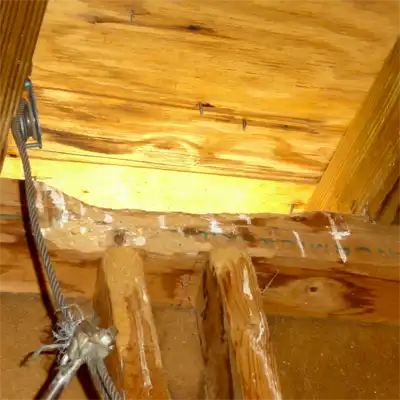
Trapping Squirrels in Your Attic in Southwestern Virginia
The removal of squirrels from an attic can often involve the use of trapping as a method of capture and relocation. However, it is important to note that the trapping of squirrels should always be done in a humane and legal manner. In the area of South Western Virginia, it is illegal to trap squirrels without the proper permits, and it is recommended to leave the task to professionals who are authorized to do so
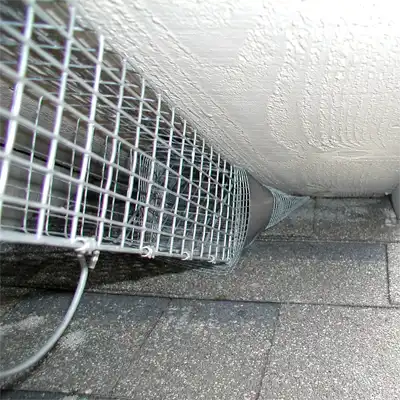
In conclusion, trapping squirrels in your attic requires a safe and responsible approach. By selecting the right type of trap, using proper bait and placement techniques, and relocating the squirrels in a safe location, you can effectively remove squirrels from your attic while ensuring their humane treatment. However, it is important to note that trapping squirrels without the proper permits is illegal in the state of South Western Virginia and it is recommended to leave the task to the professionals.
Keeping Squirrels Out of Your Attic
Properly identifying entry points and implementing exclusion measures are crucial steps in preventing squirrels from gaining access to your attic. By taking the time to inspect and secure potential entry points, you can effectively keep squirrels out and protect your home from damage and health hazards.
Fixing Squirrel Damage in Your Attic
Properly identifying entry points and implementing exclusion measures are crucial steps in preventing squirrels from gaining access to your attic. By taking the time to inspect and secure potential entry points, you can effectively keep squirrels out and protect your home from damage and health hazards.
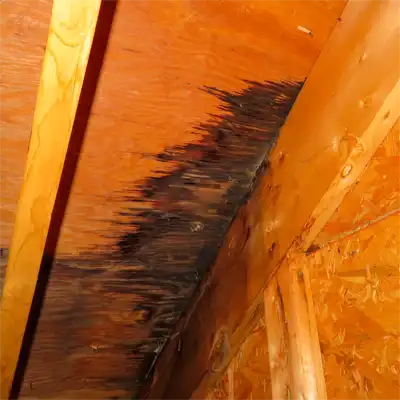
Prevention for Future Damage Caused by Squirrels in Attic
Preventing future damage from squirrels in your attic is an important step in dealing with the problem. Once the initial damage has been repaired, it’s important to take steps to prevent the squirrels from re-entering the attic. This can include reinforcing barriers and sealants, installing one-way doors, and regularly inspecting the attic for signs of new damage or entry points. Also, it’s important to trim branches of the trees near the house, clear debris and keep the roof clean, to make it harder for the squirrels to climb. Additionally, it is important to consider using repellents or other humane methods to deter squirrels from entering the attic.
In summary, fixing squirrel damage in your attic requires a thorough inspection of the attic space and insulation to identify any damage. Once the damage has been assessed, repairs can be made either by DIY repairs or by hiring a contractor. Remember that if the damage is extensive, it’s always best to hire a contractor to ensure that the repairs are done safely and correctly. Additionally, it’s essential to take steps to prevent future damage by reinforcing barriers, installing one-way doors, inspecting the attic regularly and using repellents or other humane methods to deter squirrels from entering the attic.
The Health Risks of Squirrels in Your Attic
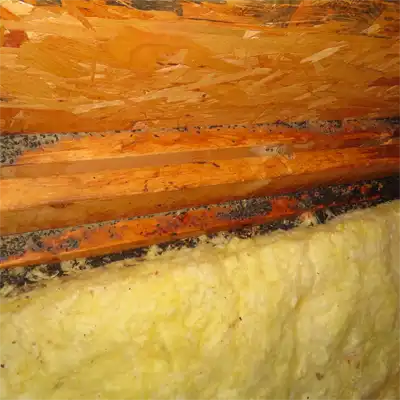
Squirrels and Your Attic Insulation – What You Need know
The Importance of Addressing Squirrels in Attic Issues
It is important to address squirrels in your attic issues as soon as they are detected to prevent further damage to your home and to avoid potential health risks. Squirrels can cause damage to the structure of your home, damage to insulation, and create noise. They also carry diseases that can be transmitted to humans and pets.
It is important to take action to protect your home and to address any issues with squirrels in your attic as soon as they are detected. This guide provides detailed information on how to identify and address these issues in a humane and effective way. By following the steps outlined in this guide, you can protect your home and keep yourself, your family, and the squirrels safe.
In conclusion, this guide provides detailed information on how to address and prevent issues with squirrels in your attic. By identifying the signs of squirrels, implementing exclusion measures, repairing damage, minimizing noise, understanding health risks, protecting your attic insulation and removing squirrels humanely, you can protect your home and keep yourself, your family and the squirrels safe. It’s important to take action as soon as you detect any issues to prevent further damage to your home and to avoid potential health risks.

